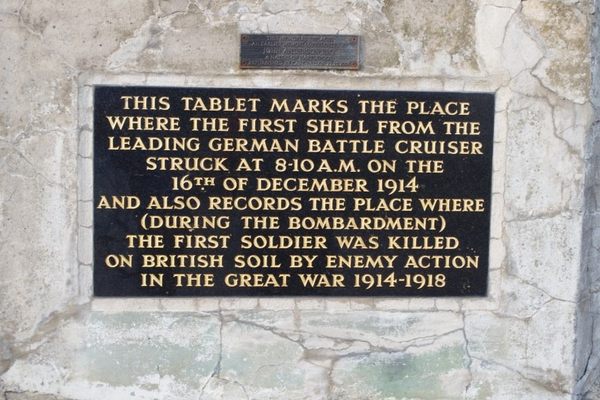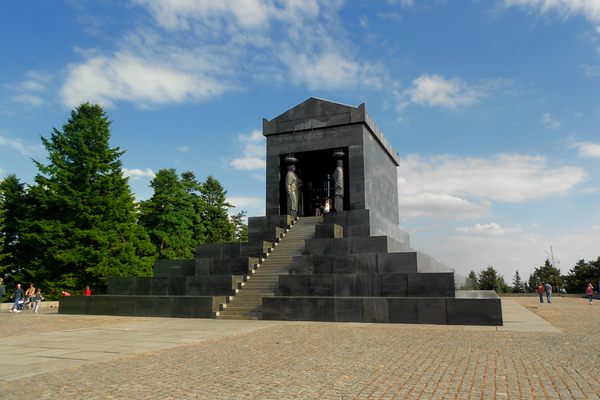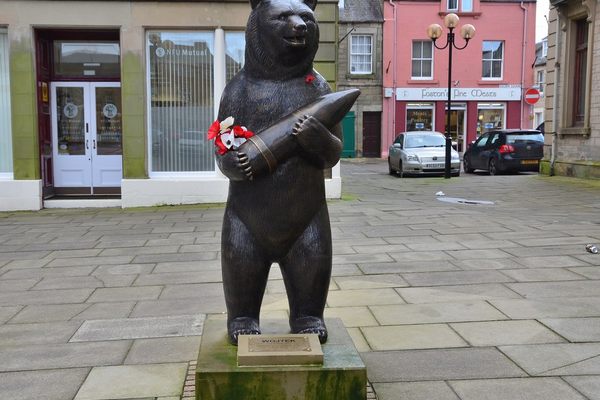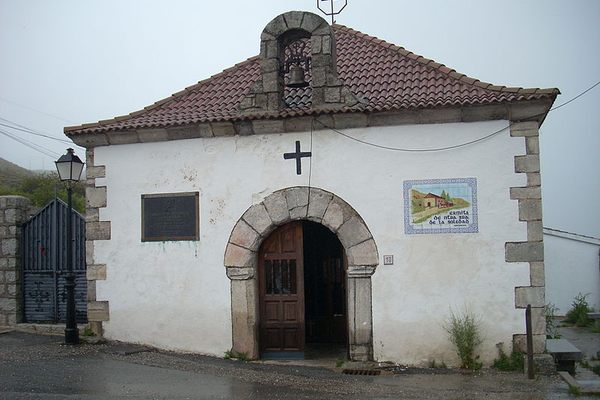About
During 1918 near the end of World War I, the Bolsheviks came into power in Russia and brokered peace with Germany. This ended attacks on the eastern front of the Central Powers and also greatly dismayed Russia’s former allies.
Fearing that the Germans or Bolsheviks might seize a large supply of Allied munitions in the Russian port of Archangel, Britain and France asked the United States to send in troops.
In response, the U.S. assembled a group of more than 5,000 fresh recruits into a unit dubbed the American North Russian Expeditionary Forces, nicknamed the Polar Bears. The majority of these soldiers came from Michigan, particularly from around the Detroit area.
Arriving in Archangel in September, the Polar Bears discovered that the munitions had already been seized by the Bolsheviks. The troops were then sent up the Vologda Railroad to push back Soviet forces.
Though an armistice between the European powers was signed on November 11, 1918, effectively ending WWI, the word did not reach the Polar Bears and they were forced to continue fighting in Russia through the winter.
Back in the U.S., Michigan citizens held protests and circulated petitions demanding that the government bring the Polar Bears home. Extraction orders finally came, but the men couldn’t leave until June because Archangel’s harbor was frozen over.
In 1929, former members of the Polar Bears returned to Russia to retrieve the bodies of their comrades who had died during the mission. They were forced to travel incognito since the U. S. had no formal relations with Russia.
In 1930, a memorial gravesite was dedicated to the Polar Bears in White Chapel Cemetery in Troy, Michigan. The site is the final resting place for 56 members of the Expeditionary Force recovered in the 1929 mission, arranged around a white marble polar bear statue named Bruce. Many other Polar Bear soldiers are buried in plots surrounding the monument.
To date, the Polar Bears are the only American soldiers to have directly engaged Russian troops on foot.
Related Tags
Know Before You Go
Cars are allowed in White Chapel Memorial Park Cemetery, but visitors should drive slowly and cautiously.
The entrance to the cemetery is on West Long Lake Road. To find the Polar Bears Memorial, drive all the way down the main road through the cemetery until the circular fountain in front of the white marble Temple of Memories Mausoleum. Turn right at the road in front of the fountain and the memorial will be right ahead.
Published
March 20, 2020









































